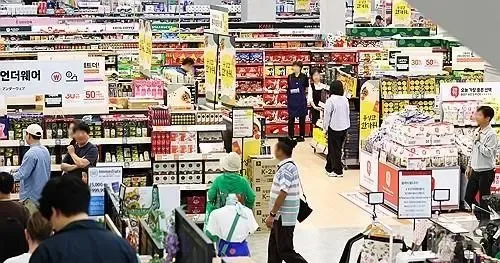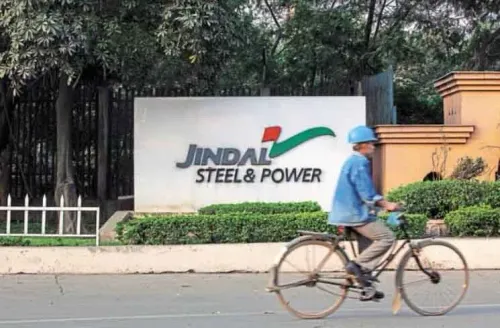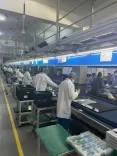How Did S. Korea's GDP Achieve 1.2% Growth in Q3?

Synopsis
Key Takeaways
- South Korea's GDP grew 1.2% in Q3, the fastest in 1.5 years.
- Private consumption rose 1.3%, driven by improved sentiment.
- Strong exports, especially in semiconductors, fueled growth.
- The economy is projected to expand 0.9% this year by BOK.
- Government stimulus measures played a crucial role in recovery.
Seoul, Oct 28 (NationPress) The South Korean economy has experienced its most rapid growth in one and a half years during the third quarter, driven by robust exports and increasing private consumption, as indicated by central bank data released on Tuesday.
The real gross domestic product (GDP), a crucial measure of economic performance, grew by 1.2 percent in the July-September timeframe compared to the preceding quarter, according to preliminary statistics from the Bank of Korea (BOK), as reported by Yonhap news agency.
This growth represents the fastest quarterly increase since the first quarter of 2024, when the economy also recorded a growth of 1.2 percent, up from a 0.7 percent on-quarter rise in the second quarter.
The third-quarter performance also exceeded the BOK's prediction of a 1.1 percent increase.
Year-on-year, the economy expanded by 1.7 percent in the third quarter, an acceleration from the 0.6 percent growth seen in the previous quarter.
The GDP had unexpectedly contracted by 0.2 percent in the first quarter, influenced by a domestic political crisis initiated by former President Yoon Suk Yeol's martial law declaration, alongside uncertainties stemming from US President Donald Trump's extensive tariff policies, which hampered consumer spending and curtailed export growth.
However, the economy has bounced back, bolstered by government stimulus initiatives and a surge in exports, particularly within the dynamic semiconductor sector.
Strong domestic demand and exports were the key drivers behind the economic growth in the third quarter.
Private consumption rose by 1.3 percent, marking the highest growth rate since the third quarter of 2022, while government expenditure increased by 1.2 percent, the largest since the fourth quarter of 2022.
Exports saw a 1.5 percent rise from the previous quarter, fueled by elevated global demand for semiconductors and automobiles.
Facilities investment surged by 2.4 percent, while construction investment saw a slight decline of 0.1 percent.
The BOK reported that domestic demand contributed 1.1 percentage points to economic growth, with net exports adding 0.1 percentage point in the third quarter.
"The surge in private consumption was spurred by improved consumer sentiment, government stimulus measures, the introduction of new smartphones and electric vehicles, as well as increased medical spending at general hospitals following the return of trainee doctors," stated BOK official Lee Dong-ton during a press briefing.
"Despite the ramifications of U.S. tariffs, exports—particularly those of semiconductors—have remained relatively stable. However, it is uncertain how other sectors, like automobiles, will respond to the new tariffs in the future," he added.
The annual growth rate for 2025 has the potential to exceed the BOK's target of 0.9 percent if fourth-quarter growth is at least -0.1 percent or better.
The BOK anticipates that Asia's fourth-largest economy will grow by 0.9 percent this year and by 1.6 percent in 2026, with a revised forecast expected in November.









